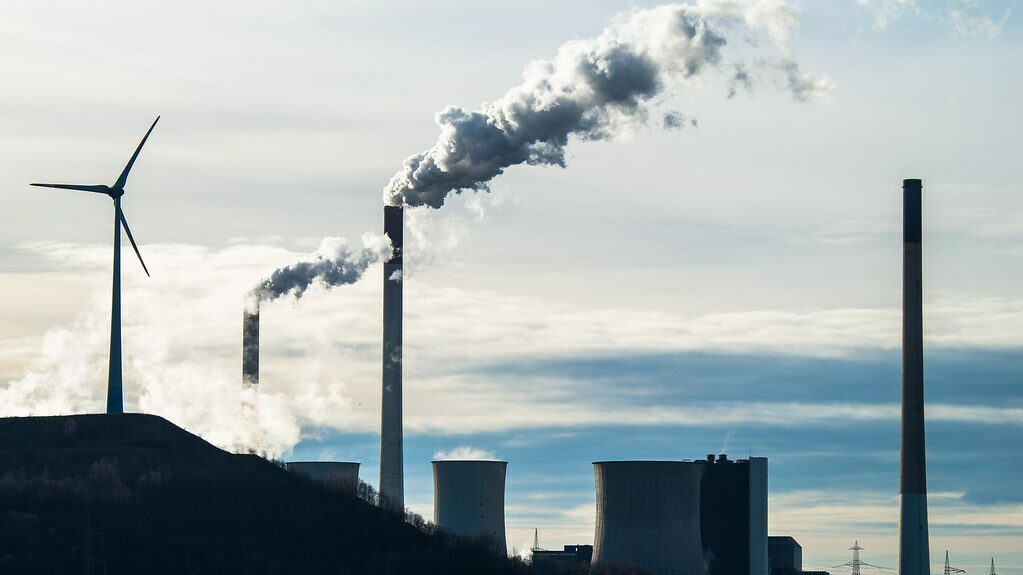
Building Back Greener : Powered By Renewables
The shared experience of the Covid-19 pandemic has underlined that biodiversity, the climate and human health are interdependent. The impacts of the pandemic lockdowns led to less traffic on roads and factory closures which in turn dramatically improved air quality and reduced emissions. This has been a learning experience for the world to better understand and mitigate climate related consequences.
Governments all over the world are focused on responding to the impacts of Covid-19 as well as managing the continuous climate crisis challenge. The Building Back Greener initiative is aimed at innovators that want to refurbish transport systems, design finance mechanism for transition as well as centralizing renewable energy advancements (Climate Group, 2020).Recently, at COP26 there were many companies, governments and financial institutions making ambitious net zero emission pledges as a somewhat global race to net zero. This ‘race’ involves actions are necessary to limit global warming to 1.5°C, since failure to do so can lead to more frequent floods and fires, rising sea levels and failed crops.
One of the main steps involved in the transition to net zero emissions is through the transformation of the energy sector away from fossil fuels. As shown in the chart below, carbon dioxide emissions from fossil fuels account for 65% of total greenhouse gas emissions. Industry and electricity and heat production are the largest contributing sectors to use of fossil fuels and consequently carbon dioxide emissions.
Credit: IPCCC 2014
The transition from fossil fuels requires total transformation across every sector of the global economy. Meaning making changes in the way we heat our homes, the way industrial materials are created and put an end to the diesel and petrol engine. . Covid-19 has certainly highlighted the importance of good ventilation in buildings, so reducing the number fossil fuel burners will also contribute to a reduction in pollutants, including Nitrous Oxide which negatively impacts human health.
To achieve the energy reduction targets of achieving a 50% decrease by 2030 and net-zero by mid-century, the majority of the energy especially in the early stages of transition will be provided by wind, gas and nuclear. The long-term aim is to provide a mix of efficient energy resources that offer affordable and secure renewable energy options. The Covid-19 pandemic induced recession has created strains on parts of today’s energy system – creating sharp price increases in coal and natural gas, yet the population remains largely reliant on their use.
Notably, a production gap has be identified amongst these emission targets, and that it is very likely that fossil fuel use will continue to increase until 2040 and beyond. Therefore the 1.5°C warming target will be exceeded to 2.7°C unless urgent action is taken (Dawn News, 2021).

Since fossil-fuel and mineral mining sectors account for approximately 7% of total global deforestation – this not only presents a threat to forest cover and resource extraction, but also leads to long-term impacts namely soil and water pollution, increased anthropogenic activity and infrastructure development (CDP, 2020). Although there are plenty of commitments to pledges and the race to net zero emissions, many of the largest gas, oil and coal producers have not outlined their plans to drastically reduce fossil fuel use.
However, challenges to phase out fossil fuels do exist, and the targets are ambitious. Still, there are several reports indicating that the technology does exist for the global transition to a fully sustainable energy structure by 2050 and contribute to limiting global warming to the 1.5°C as per the Paris Agreement.
Bibliography
CDP, 2020. Building Back Greener India: Disclosure Insight Action.
Climate Group, 2020. Building back greener – how states and regions are building a more sustainable, resilient post-pandemic future. [Online]
Available at: https://www.theclimategroup.org/our-work/publications/building-back-greener-how-states-and-regions-are-building-more-sustainable
[Accessed 1 December 2021].
Dawn News, 2021. Planned fossil fuel output shatters 1.5°C climate target: UN. [Online]
Available at: https://www.dawn.com/news/1653118
[Accessed 2 December 2021].